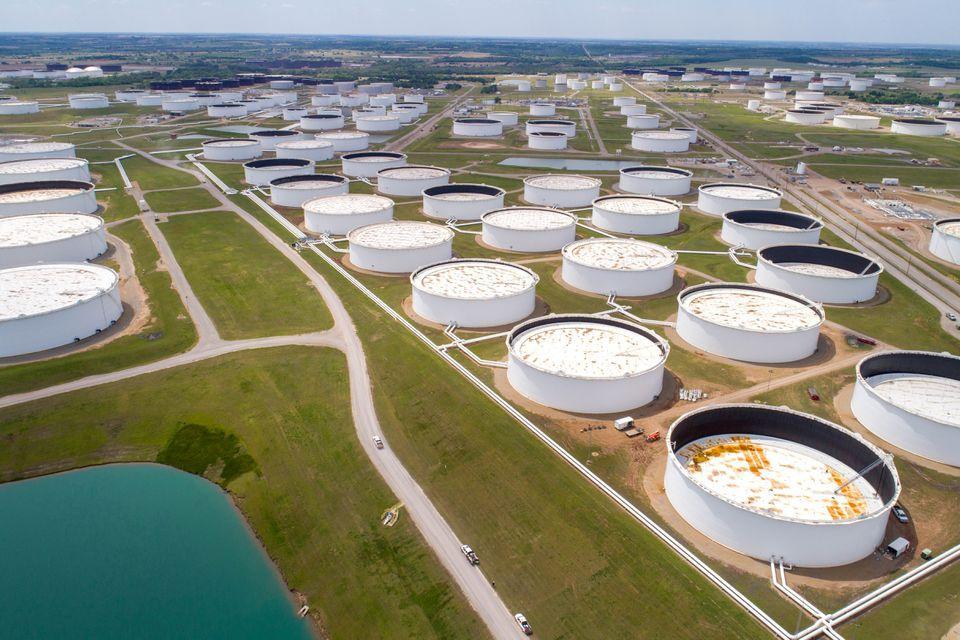Africa-Press – Tanzania. The Organization of the Petroleum Exporting Countries (OPEC) and its allies have announced an additional production cuts on oil production, in a move that could push up prices early next year.
The OPEC Secretariat, which met on Thursday, noted the announcement of several OPEC+ countries of the additional “voluntary cuts”, to the total of 2.2 million barrels per day.
This, it said is aimed at “supporting the stability and balance of oil markets.”
“These voluntary cuts are calculated from the 2024 required production level as per the 35th OPEC Ministerial Meeting held on June 4 2023, and are in addition to the voluntary cuts previously announced in April 2023 and later extended until the end of 2024,” it said in a statement.
Saudi Arabia, the de facto leader of OPEC, will extend its voluntary production cut of one million barrels per day, which has been in effect since July to the end of quarter one of 2024.
Kenya currently has a government-to-government supply deal with Saudi alongside United Arab Emirates, which runs into next year, meaning it is highly unlikely to be impacted based on supply terms.
The weak shilling against the US dollar however remains a concern for the oil marketing companies with both the sector players and the government banking on the deal to ensure a stable supply.
The deal was to expire in December but has been extended for another 12 months.
Meanwhile, Iraq will cut production by 223,000 barrels per day, United Arab Emirates (163,000), Kuwait (135,000) Kazakhstan (82,000) Algeria (51,000) and Oman 42,000 barrels per day, starting January 1, until the end of March 2024.
“Afterwards, in order to support market stability, these voluntary cuts will be returned gradually subject to market conditions,” OPEC said.
The cuts will be in addition to the announced voluntary cut by the Russian Federation of 500,000 barrels per day for the same period (starting January 1, until the end of March 2024).
These will be made from the average export levels of the months of May and June of 2023, and will consist of 300,000 barrels a day of crude oil and 200,000 barrels per day of refined products.
Reducing oil production means less supply on the market, which pushes prices higher.
Petroleum products imports account for 30 per cent of Kenya’s total dollar requirements.
The import bill of petroleum products rose to Sh348.3 billion in 2021 from Sh 209.1 billion in 2020.
According to the Petroleum Institute of East Africa (PIEA), the government-to-government deal with the gulf has however helped ensure stability in the supply of products in Kenya, while easing pressure on the dollar market.
In the current arrangement, the country, through the appointed local oil marketers, receives fuel on credit terms for up to six months from the Gulf companies.
Once the appointed oil marketer receives the fuel, it sells to its peers in shillings before being supplied to retailers.
The shillings paid by local oil marketers are kept in escrow accounts managed by three local banks led by Kenya Commercial Bank, which takes 180 days to collect enough dollars to pay suppliers in the Gulf.
Before the deal, payment of products under the Open Tender System (OTS) was in US Dollars purchased on spot market over short period following receipts of products.
“This demand plus the increase in interest rates led to dollar shortages coupled with the depreciation of the Kenyan shilling. This dollar shortage led to delays in payment of cargoes, consequently leading to stock-outs and long queues at service stations,” PIEA general manager Wanjiku Manyara said during a briefing in Nairobi.
For More News And Analysis About Tanzania Follow Africa-Press







